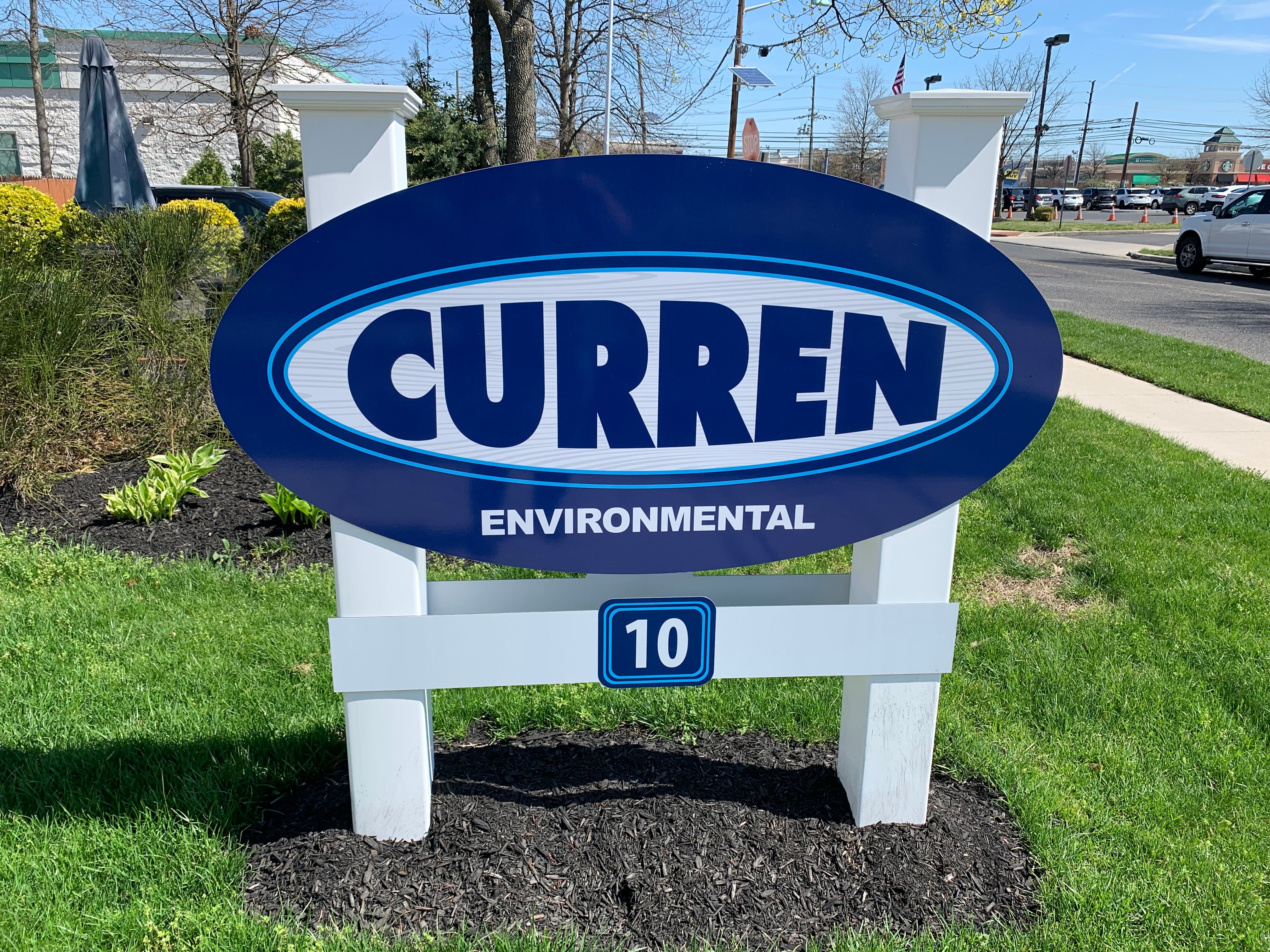Who Requires A
Phase I Environmental Site Assessment (ESA)?
In short the Phase I is a historical and walking inspection of a property for environmental hazards or as we call them AOCs (Areas of Concern). Like the pit and piping in the photo below which held oil. Did the oil leak into the soils and groundwater? A Phase I would tag this as an AOC and a Phase Ii would be recommended.
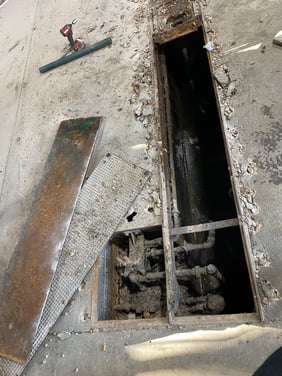
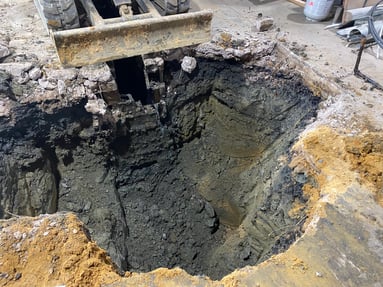
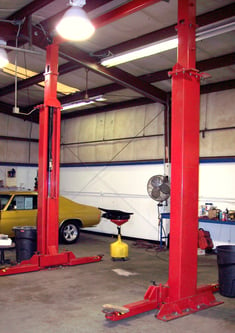
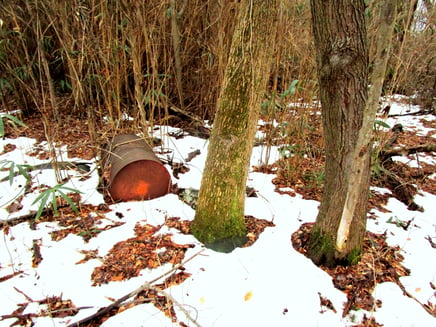
Who Requires A Phase I Environmental Site Assessment (ESA)?
Traditionally, a Phase I Environmental Site Assessment (ESA) was contracted by the bank or lending institution on properties where financing was being arranged. The Phase I was primarily performed for the protection of the banks, who were concerned that if they loaned money for a contaminated property they may be held liable for the site cleanup. This belief was incorrect as banks have liability protection on loans. Today, many banks with loans under a million dollars and borrowers supplying a down payment do not require a Phase I. This has been an industry shift over the past several years as banks have come to understand where their limit of liability stands. The real liability is financially for the bank, as they are concerned that the cost of environmental work can hinder the borrower from paying the mortgage and defaulting. Leaving the bank to own the asset. Banks want to loan money and receive mortgage payments not foreclose on bad loans.
What is included in a Phase I?
The Phase I is a property assessment that includes a walkover of the property and associated structures; a review of historic property information including maps, aerial photographs, deeds, telephone or address directories, etc.; a review of contaminated properties in the vicinity of the subject property; a summary of knowledgeable party information and review of prior reports; and the review of local, State and Federal files pertaining to the property address.
Items evaluated in the Phase I report include tanks, drains, pits, spills, in-ground and aboveground equipment, petroleum and chemical use, and environmental liens.
The Phase I report is typically research only. Unless otherwise specified as part of the scope of work, testing or surveys are outside of the typical Phase I requirements. For more information on Phase I click here.
Why complete a Phase I if my bank does not require one?
Although many banks are not requiring a Phase I on some commercial loans (under a million or low risk), the environmental regulations leave the burden of environmental responsibility on the property owner. Performing a Phase I, allows a purchaser to complete the necessary due diligence. This due diligence enables a purchaser to obtain prior to taking possession of a property. Buyer beware is relevant now more than ever in commercial real estate transactions. If a property is purchased without a due diligence and future evaluation and subsequent environmental issues are found in association with the property, the property owner is now burdened with the cost of remediating the issue. The performance of a pre-purchase Phase I could alleviate the potential for finding environmental issues in the future and thereby holding up future transactions. As a potential purchaser, the determination of environmental issues on a property could be used as leverage for the seller to remediate the concern prior to purchase or could be used to negotiate the property value pending the need for the potential purchaser to perform the cleanup.
If I do not do a Phase I and buy a property how would I ever find out if there was an environmental problem with the site?
The most common way is when you go to sell and the potential buyer completes a Phase I and discovers an environmental Area of Concern (AOC). Today the largest purchaser of Phase I’s is not the banks, but commercial real estate investors and owners (*transactions under $1,000,000.00).
I own a property, never had a Phase I and I am now thinking of selling the property. Do property owners have Phase I’s performed?
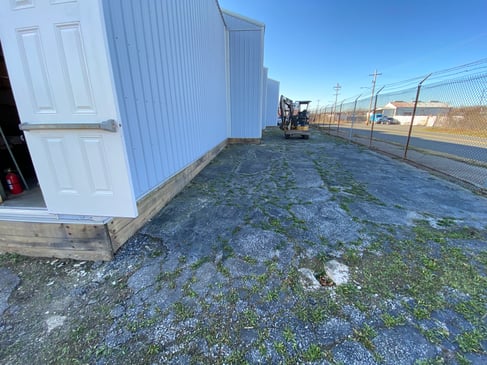
One of the largest shifts in the commercial real estate market today is that many landowners are having a Phase I performed to root out environmental issues before they become an issue when a buyer is found. An owner performed Phase I is viewed as both a marketing tool and an environmental property assessment that can help sellers anticipate issues with a property. It can be akin to a homeowner having a home inspection completed to address issues that a purchaser might find during their inspection.
If an environmental issue is found in a Phase I report on a property I am buying, can I still purchase the property?
If the issue is fully disclosed to the lender (if one is involved) and the buyer is willing to accept the liability and cost of addressing the issue, then yes you can buy the property. However, the real question is should I address the issue before buying the property?
The investigation of potential issues found in the Phase I is typically addressed as part of a Phase II Environmental Site Assessment.
Curren has completed tens of thousands of Phase I, II & II projects and we have been doing it for close to 30 years. We do all work with company personnel and we own the equipment to do both Phase II and II work.
Call the experts 888-301-1050
